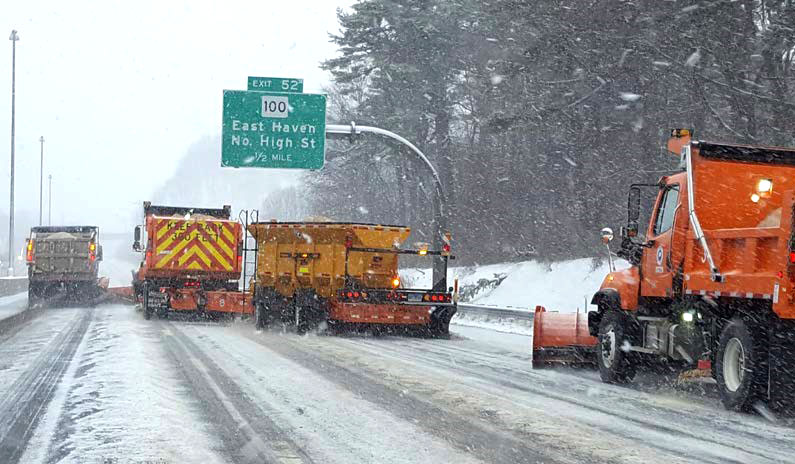Roadway maintenance agencies are challenged in winter to cost-effectively provide a high level of service and improve safety and mobility, and to that end, they strive to use the most recent advances in the application of maintenance materials, equipment, and sensor technologies. Because of advances in the science and technology related to materials, equipment, and weather forecasting, winter road maintenance materials and application methods have significantly improved in the last 10 to 20 years. The goal of this research was to create updated guidelines on the most recent best management practices for deicing application rates and material application methodologies.
To achieve that goal, this project gathered and analyzed relevant existing information on the best application equipment, methodologies, and typical application rates of chemical products commonly used by highway agencies during their anti-icing, deicing, and prewetting operations. A literature review looked at current practices, innovative practices, and trends related to materials used, their application rates, and the application methodologies and equipment under various road weather scenarios (temperature ranges, storm conditions, traffic, and other climate and operating conditions), as well as material cost and availability, environmental concerns, and corrosion to fleet and infrastructure. The project team also conducted interviews with more than 35 agencies.
The information was synthesized to produce updated guidelines for material application rates as a function of road-weather scenarios in the field. Chapters in the guidebook include materials used for winter operations, material application strategies, material application rates, equipment for material application and snow removal, equipment maintenance and calibration, storage and handling of materials, minimizing risks, and new technologies. Single-page handouts are provided for guidance.
This guidebook will aid superintendents and supervisors in determining the most sustainable and effective material types, application timing, methods, and rates for the particular snow and ice conditions they encounter. Such best practices will help improve the effectiveness and efficiency of winter operations, optimize material usage, and reduce associated annual spending, as well as reduce corrosion and environmental impacts.
Authors:
Sen Du
Michelle Akin
Dave Bergner
Gang Xu
Xianming Shi
WSU Department of Civil and Environmental Engineering
Sponsors:
Clear Roads Research for Winter Highway Maintenance
Minnesota Department of Transportation

